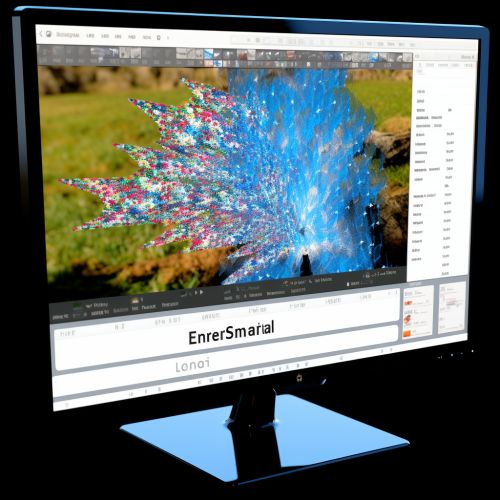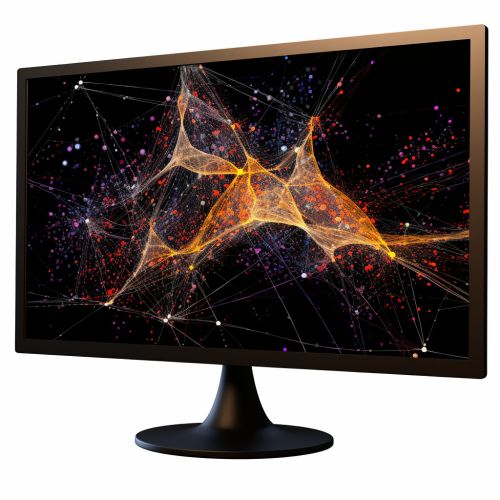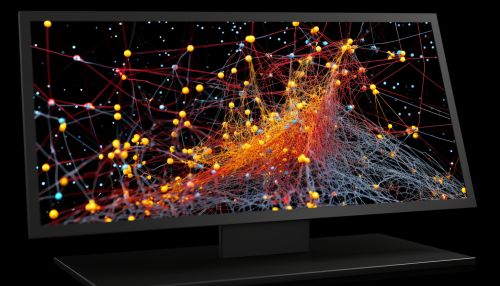Semi-supervised learning
Introduction
Semi-supervised learning is a machine learning paradigm that uses a combination of labeled and unlabeled data for training. This approach is situated between supervised learning (where all data is labeled) and unsupervised learning (where all data is unlabeled). The main advantage of semi-supervised learning is its ability to leverage a large amount of unlabeled data together with a smaller amount of labeled data to improve learning accuracy[^1^].


Overview
Semi-supervised learning is a popular topic in the field of machine learning due to its practicality. In many real-world scenarios, obtaining a fully labeled dataset is expensive or time-consuming, while unlabeled data is abundant and easily accessible[^2^]. Semi-supervised learning algorithms aim to make the best use of both types of data.
Methodology
Semi-supervised learning methods are primarily based on the assumption that the data distribution can provide useful information about the underlying structure of the data[^3^]. This structure can then be used to improve the performance of the learning algorithm.
There are three main types of semi-supervised learning methods:
1. Self-training: The model is initially trained with a small amount of labeled data. It is then used to classify the unlabeled data. The most confident predictions are added to the training set and the process is repeated[^4^].
2. Multi-view training: This method assumes that the data can be described from multiple independent views, each of which is sufficient for learning. The idea is to train multiple models, each on a different view, and to encourage them to agree on the unlabeled data[^5^].
3. Graph-based methods: These methods represent the data as a graph, where nodes represent data points and edges represent relationships between them. The labeled data is used to propagate labels through the graph[^6^].


Applications
Semi-supervised learning has been successfully applied in various domains, including:
- Natural language processing: Semi-supervised learning is used for tasks such as part-of-speech tagging, named entity recognition, and sentiment analysis[^7^]. - Computer vision: It is used for image classification, object detection, and semantic segmentation[^8^]. - Bioinformatics: Semi-supervised learning is used for predicting protein-protein interactions, gene expression analysis, and disease prediction[^9^].
Challenges and Future Directions
Despite its potential, semi-supervised learning still faces several challenges. One of the main issues is the reliability of the assumptions made by the algorithms. If the assumptions do not hold, the performance of the model can be negatively affected[^10^].
Another challenge is the risk of model drift. In self-training, for example, incorrect predictions on unlabeled data can lead to a gradual degradation of the model's performance[^11^].
Future research in semi-supervised learning is likely to focus on developing more robust and flexible algorithms, as well as exploring new applications in emerging fields such as deep learning and reinforcement learning.


See Also
- Supervised learning - Unsupervised learning - Reinforcement learning - Deep learning - Natural language processing - Computer vision - Bioinformatics
References
[^1^]: Zhu, X., & Goldberg, A. B. (2009). Introduction to semi-supervised learning. Synthesis lectures on artificial intelligence and machine learning, 3(1), 1-130. [^2^]: Chapelle, O., Schölkopf, B., & Zien, A. (2006). Semi-supervised learning (Vol. 2, No. 3, p. 4). Cambridge: MIT press. [^3^]: Kingma, D. P., Mohamed, S., Rezende, D. J., & Welling, M. (2014). Semi-supervised learning with deep generative models. In Advances in neural information processing systems (pp. 3581-3589). [^4^]: Yarowsky, D. (1995). Unsupervised word sense disambiguation rivaling supervised methods. In Proceedings of the 33rd annual meeting on Association for Computational Linguistics (pp. 189-196). [^5^]: Blum, A., & Mitchell, T. (1998, July). Combining labeled and unlabeled data with co-training. In Proceedings of the eleventh annual conference on Computational learning theory (pp. 92-100). [^6^]: Zhou, D., Bousquet, O., Lal, T. N., Weston, J., & Schölkopf, B. (2004). Learning with local and global consistency. In Advances in neural information processing systems (pp. 321-328). [^7^]: Goldberg, A. B., & Zhu, X. (2006). Seeing stars when there aren't many stars: Graph-based semi-supervised learning for sentiment categorization. In TextGraphs-1: Graph-Based Algorithms for Natural Language Processing. [^8^]: Chapelle, O., Schölkopf, B., & Zien, A. (2006). Semi-supervised learning (Vol. 2, No. 3, p. 4). Cambridge: MIT press. [^9^]: Zhu, X., & Goldberg, A. B. (2009). Introduction to semi-supervised learning. Synthesis lectures on artificial intelligence and machine learning, 3(1), 1-130. [^10^]: Chapelle, O., Schölkopf, B., & Zien, A. (2006). Semi-supervised learning (Vol. 2, No. 3, p. 4). Cambridge: MIT press. [^11^]: Rosenberg, C., Hebert, M., & Schneiderman, H. (2005). Semi-supervised self-training of object detection models. In Seventh IEEE Workshops on Application of Computer Vision (WACV/MOTION'05) Volume 1 (Vol. 1, pp. 29-36). IEEE.
